
Five Must-Do Activities at Little Bighorn Battlefield National Monument
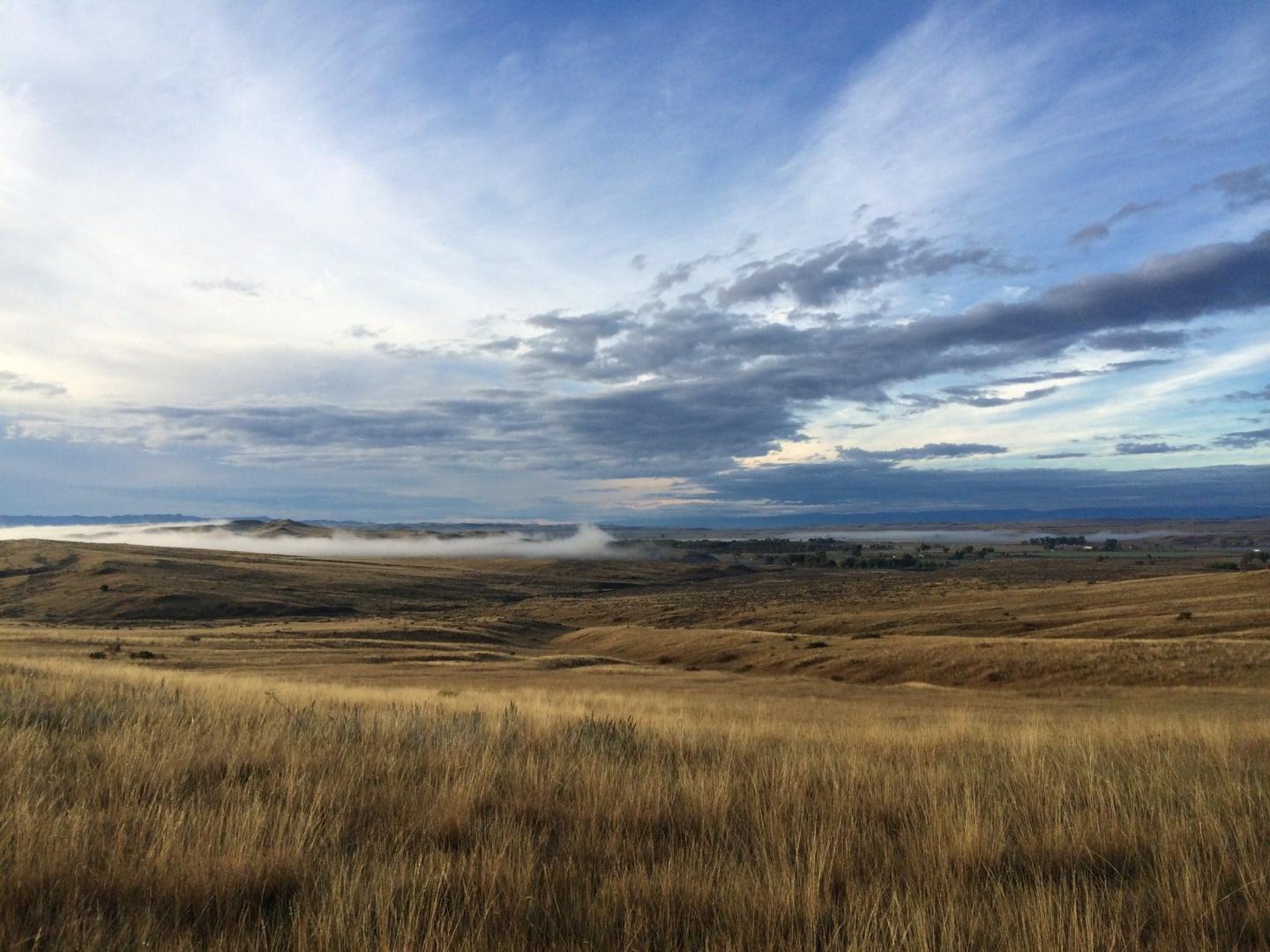
Little Bighorn Battlefield National Monument, located in the beautiful landscapes of Montana, memorializes one of the last armed efforts of the region’s Indigenous peoples to preserve their way of life. Preserving the prairie field that was the site of the Battle of the Little Bighorn, the monument invites visitors to reflect on and learn about the nation’s complex history. The site’s history is central to the visitor experience—yet there are many things to do when visiting this beautiful and historically significant monument.
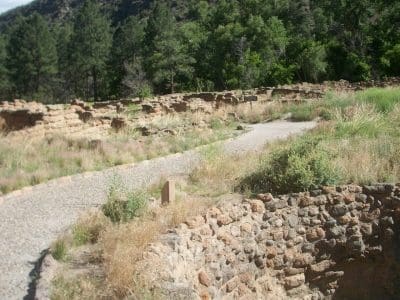
Hike the Trails
Little Bighorn Battlefield National Monument preserves more than key moments in the nation’s history. It also offers visitors stunning trails to explore. While hiking, you can feel more connected to the history, culture, and nature protected at the Monument. Along the Deep-Ravine Trail, observe the still controversial site of the fighting that occurred in the basin below Last Stand Hill.
![]()
Check out some of the hiking experiences at Little Bighorn Battlefield National Monument!
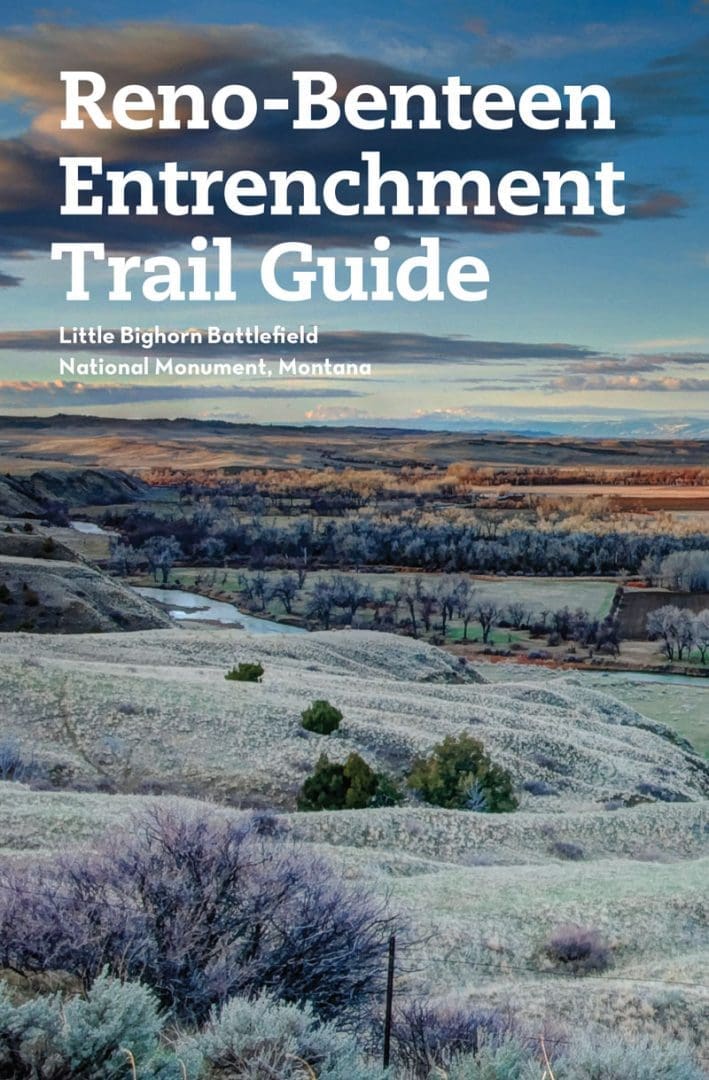
Western National Parks Association (WNPA) offers guides for many of Little Bighorn’s unique trails. Deepening historical, cultural, and natural understanding of the trail, WNPA trail guides are available online and at WNPA-operated park stores located in visitor centers. The trail guides educate travelers about the park’s architecture, archaeology, and the diverse communities who inhabited and contributed to the sites along the trail.
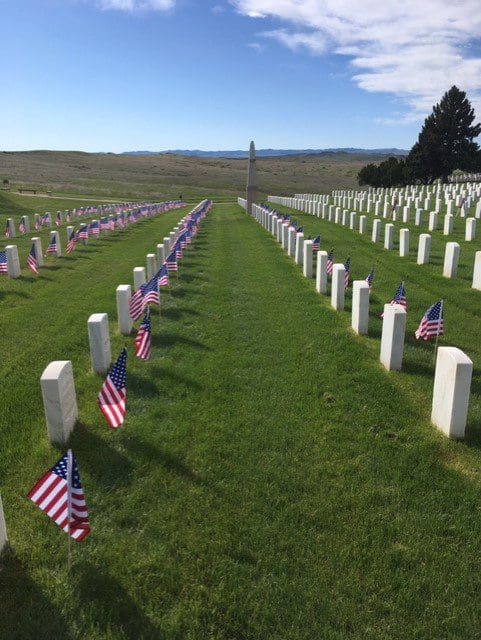
Visit Custer National Cemetery
This national cemetery is a place of reflection and learning, the site of many marked and unmarked graves. It wasn’t until after the Civil War that the United States established national cemeteries and undertook the burial arrangements for fallen soldiers.

Visit the Indian Memorial
The Indian Memorial commemorates the sacrifice of the Arikara, Apsaalooke (Crow), Arapaho, Cheyenne, and Oyate (Lakota Sioux) tribes in the Battle of the Little Bighorn as they fought to protect their diverse values and traditional way of life. The theme of the memorial is “Peace Through Unity,” serving as a tribute to the dead, and a message for the living. This is the only memorial to the Native American experience mandated by Congress and constructed with federal funds—a beautiful testament to the lives devastated and lost.
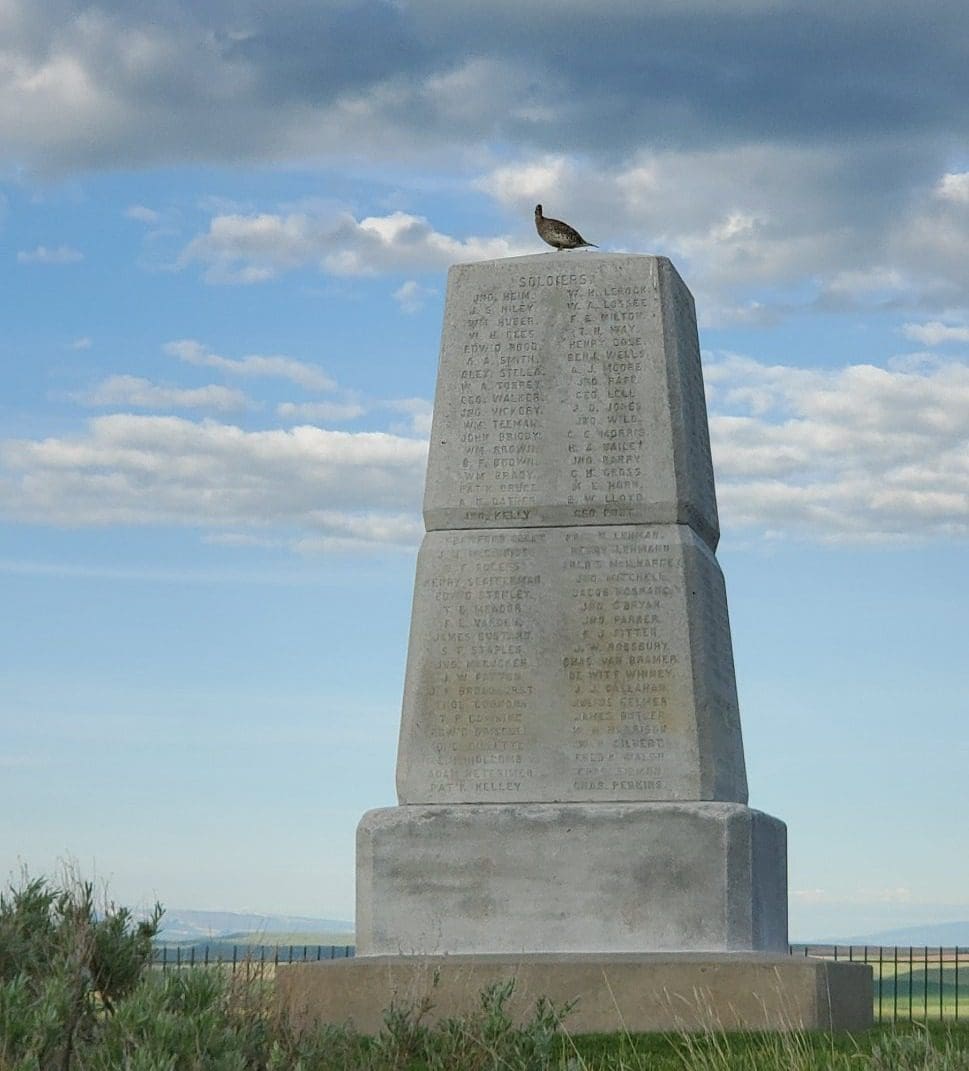
Drive the Tour Road
Drive the 4.5-mile tour road to the Reno-Benteen Battlefield, the second stage of the Battle of the Little Bighorn. Along the route, you can pull over to observe and read the history of the monument. Follow the park’s cell phone audio tour and experience the narrative story of the Battle of the Little Bighorn.
The cell phone audio tour consists of multiple stops along the tour road. You can listen to narratives of soldier movements and warrior accounts. Additional cell phone stops are located in the Custer National Cemetery and at Last Stand Hill.
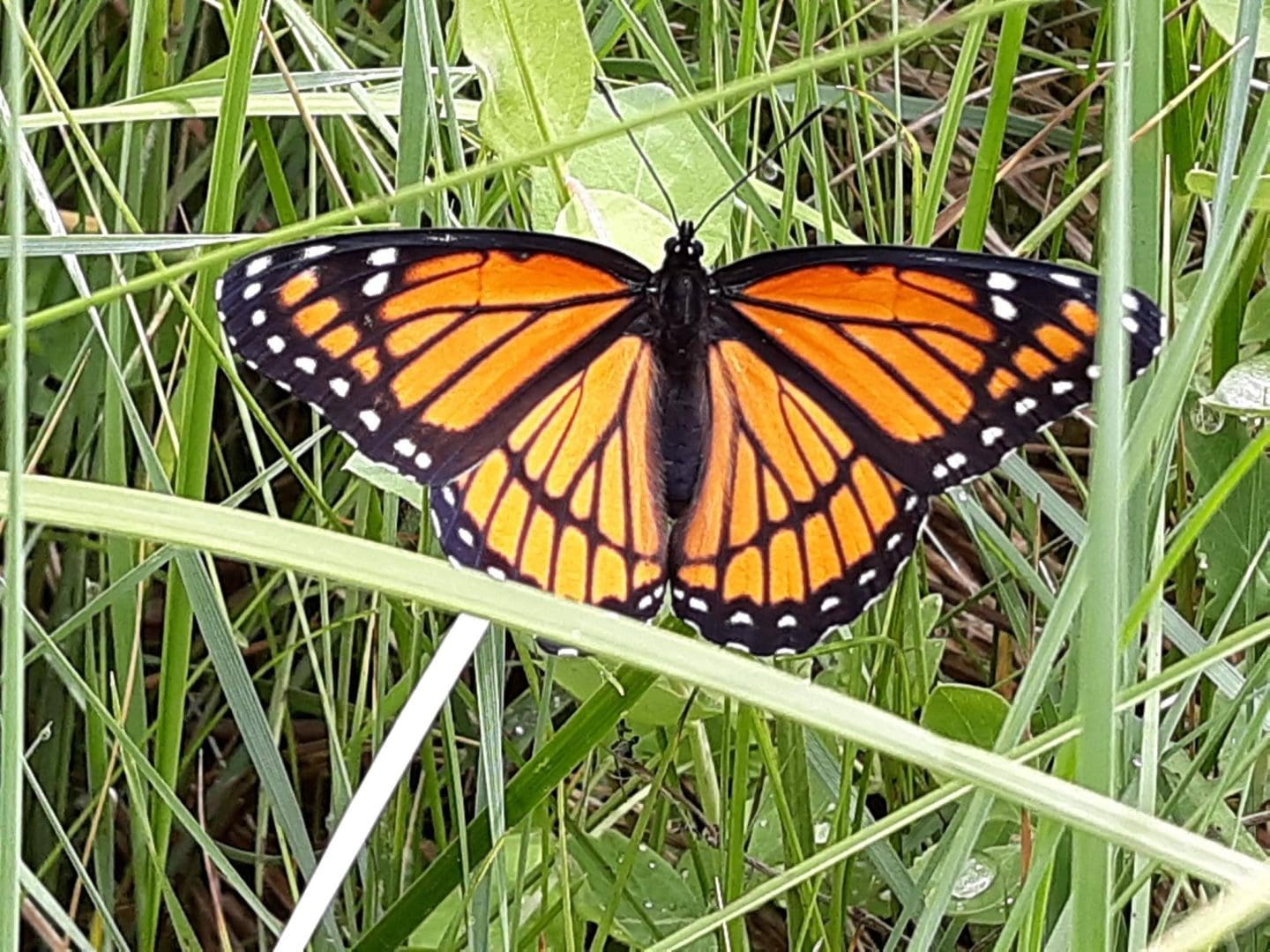
Visit the Native Plant Garden at the Visitor Center
The relatively undisturbed, mixed-grass native prairie is home to diverse animal and plant species. Adapted to the dry conditions and extreme temperatures of the Northern Great Plains, this biodiversity thrives on these beautiful lands. Aside from a few native shrubs like the big sagebrush, the rolling hills are dominated by grasses. These grasses have special root systems that store nutrients for use during stressful times such as droughts and fires. A native plant garden at the Visitor Center showcases both grasses and shrubs found at the park and in the region.
If you’re looking for a place to learn about, reflect on, and explore the beauty of nature and the history of the struggle of Indigenous peoples as they sought to protect their culture and way of life, Little Bighorn Battlefield National Monument should be on your list.
By: Julie Thompson



